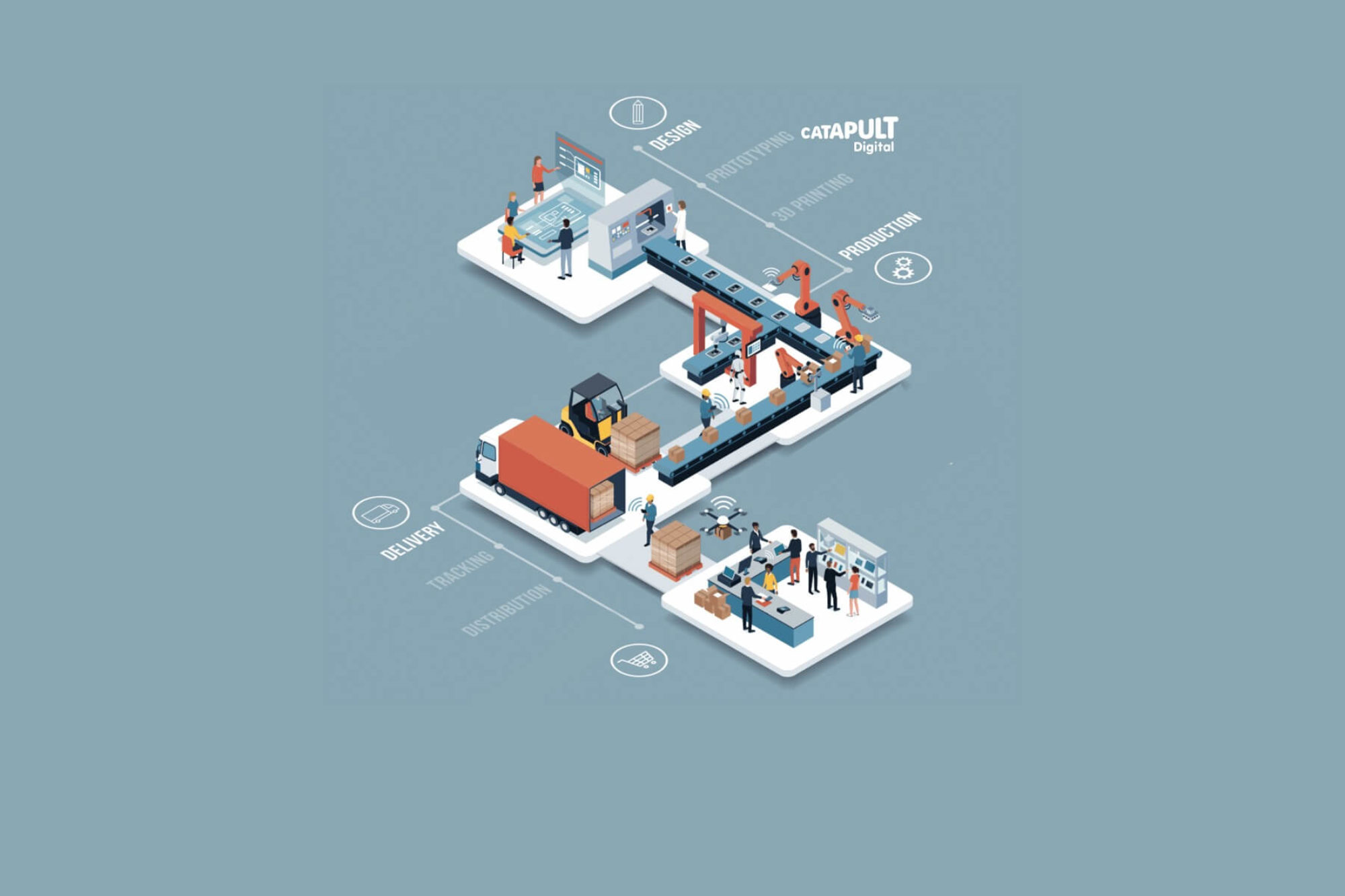Asset tracking for manufacturers and industrial supply chains, using the internet of things
Posted 4 Aug 2020
No more searching for parts
Lost, missing, late… whenever a key component or piece of equipment goes walkabout (or never even arrived in the first place) it results in a cost to business. Being able to accurately locate assets can help to reduce losses, and keep processes and production running smoothly and on time.
The internet of things (IoT) and future networks technologies can be used to show business operators exactly where their assets are at all times. This means no more wasted time searching across a large factory floor or manufacturing campus, leading to reduced downtime, fewer write-offs for lost or damaged assets, and on-time delivery to customers. We recently explored how the use of asset tracking with IoT can provide value and help solve real-world challenges for manufacturers and industry players.
Asset management
Asset tracking unlocks supply chain visibility and businesses can plan deliveries and maintenance schedules in advance. Furthermore, an awareness of asset location and lifespan allows an organisation to extend the lifespan of the asset, by making better and more informed decisions on how often it is used, repaired or moved. Given that asset tracking uses sensor-based technologies, companies can also track conditions that are important to them beyond just location – for example, temperature, humidity, shock and magnetic flux, enabling them to monitor and optimise storage.
There’s a lot of technology out there and, in most cases, companies can achieve a solution with simple connectivity solutions, scalable options and an ROI that means cost recovery in a relatively short space of time. This is where having support from an experienced team with technical and commercial expertise can be a significant advantage.
Digital Catapult has successfully worked with industries and innovators to help manufacturers determine and implement cost-effective asset management solutions using the internet of things (IoT).
Success story example: Digital Catapult supported Dyer Engineering in creating and implementing an IoT asset tracking solution that was integrated into existing systems and would pay for itself in its first four months.
How asset tracking works
IoT asset tracking solutions vary, depending on what the assets are and where they will be. On site? Off site? In transit? Indoors? Outside? At the simplest level, solutions rely on sensors and a network. Network types include Bluetooth, low-power wide area networks (LPWAN), or mobile (cellular) networks, like 4G/5G. Sensors (or trackers) can be simple, with small batteries and low energy consumption, and can be reused over and over again over several years.
However, the complexity of the solution and technology used will depend on individual business requirements. Solution design should also take into account individual item value, the items which get mislaid or go missing most often (and where), and those that are most vital to production. Finally, consideration should also be given to success metrics and KPIs that will be used during deployment: what would a successful trial look like?
Digital Catapult can help companies address all these factors successfully, providing both technological and commercial expertise.
Calculating the ROI
Digital Catapult’s online ROI calculator calculates the benefits of implementing an asset tracking solution within existing facilities. It produces a tailored report featuring indicative estimates of the potential cost savings a business could achieve. As a first step towards exploring the benefits of Asset Tracking, the ROI tool is a good place to start.
IoT Discovery Programme
Digital Catapult’s new IoT Discovery Programme has been created to help accelerate the understanding and adoption of IoT technologies in industry. Running from October 2020 to January 2021, the programme will work with large and medium businesses in aerospace and defence, energy and utilities, food and drink, foundation industries and built environments, bringing them together in industry groups to collectively obtain a detailed understanding of the IoT landscape and new technology developments relevant to their sectors.
This valuable three-month programme of workshops, events and activities will enable industrial leaders to spend time with highly experienced product leads, engineers and technologists in the IoT space, as well as connect with innovators in this space.
Support from scoping to scaling
Combining both commercial and technical experience, the Digital Catapult team provides expert advice, insight and collaboration throughout the business innovation journey: building a business case, determining the most effective solution (including hardware selection), deploying a proof-of-concept (PoC), and – if successful – rollout and future scaling.
Interested?
- Find out more about the IoT Discovery programme
- Watch the Digital Catapult Asset Tracking webinar on YouTube
- Get your asset tracking report using the Digital Catapult ROI Calculator
- Sign up to the Digital Catapult newsletter to discover innovation opportunities:
To start a conversation or find out more, please email [email protected] or [email protected].